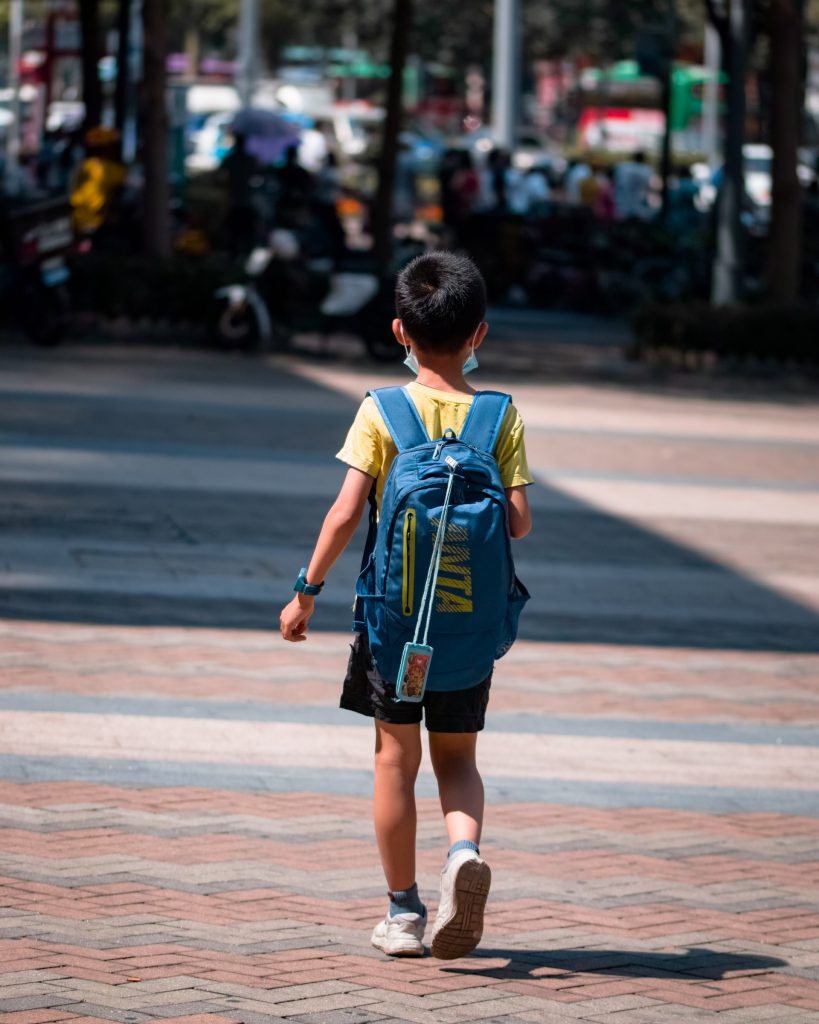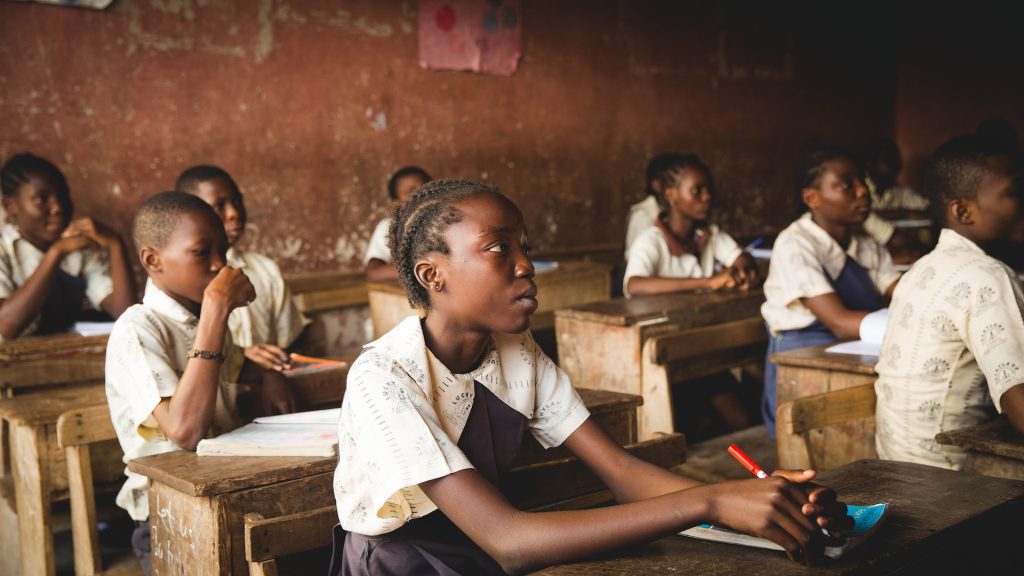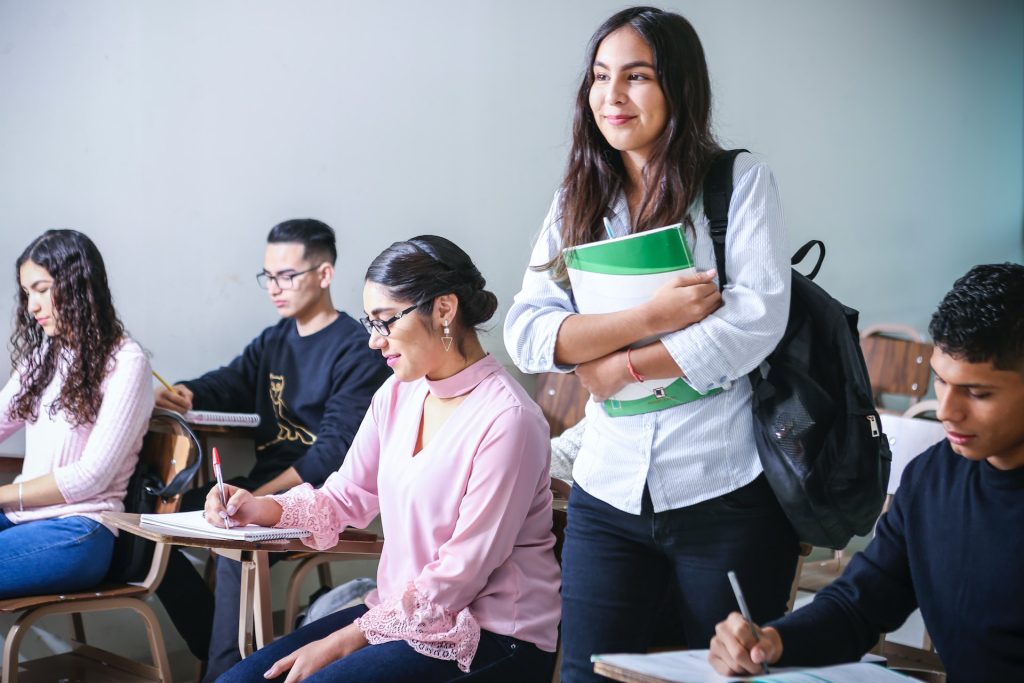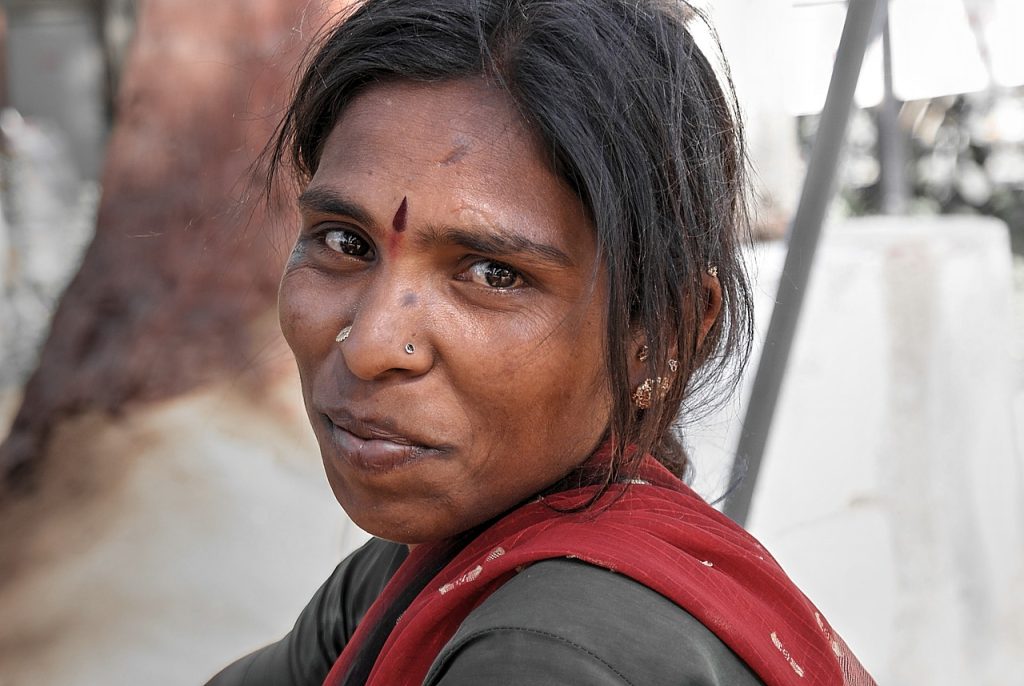
Poverty and learning are often mentioned together. Why? That is mostly because most people agree that education is an avenue out of poverty.
For many, education can be the difference between a life below and above the poverty line. It can improve food security, health standards, and gender equality.
However, poverty impacts education just as much as vice versa. In fact, poverty has a direct impact on a child’s ability to learn.
Poverty, The Gap In Educational Equity
Even so, poverty continues to be one of the most pressing economic and societal issues. Since the early 1980s, the total share of income claimed by the bottom 90% of Americans has steadily declined. The majority of income gains are now going toward the top one percent.
Now, these trends would not be such a major concern. Well, that is if the education system compensated for the inequities. The same goes for if it leveled the playing field to help children rise above their circumstances. But we don’t see much significant effort done to achieve equity in education.
But that is hardly the case in every school system. Instead, children suffer more and more from education gaps due to poverty. This inevitably leads to achievement gaps and increased poverty.
Socioeconomic Status And Achieving Equity In Education
Most people have to agree that economic and social inequality begins with unequal education. After all, educational outcomes form the foundation for future prospects. Thus, it becomes all the more crucial to resolve the educational gap. But what is it? Is there anything we can actually do about it?
Education Equity: Studying the Gap in the Educational System
We often believe education is a great equalizer. Or at least it could be.
But one look at the current education system shows a great divide between the rich and poor. Basic education, as it turns out, only expands the disparities.
Education inequality refers to the unequal distribution of academic resources. This includes:
- School funding
- Qualified teachers
- Adequate school supplies
- Functioning school equipment
Even as tech becomes cheaper and the internet more accessible, a “digital divide” remains. This even worsens the educational gap.
The rich are more likely to have good access to digital resources. This divide has especially far-reaching consequences for education. After all, children in low-income families and school districts can be hindered by a lack of access to tech.
Below are some key points when it comes to the education and digital divide:
- Millions of Americans do not have access to high-speed internet.
- Smartphones have helped bridge the digital divide as they provide easy access to the internet. For example, take young adults, minorities, and those in lower household income brackets. They are more likely to use the internet through their phones.
- There are still gaps in high-speed internet access. That can be troubling as internet speed is vital for media access.
- Low-income students face more obstacles in using educational tech effectively. This is compared to their peers in affluent areas.
- Only 50% of teachers in low-income areas receive adequate support for using tech to teach.
- Although 54% of students in low-income areas have access to the internet at school, only 18% have home access.
Due to these alarming gaps, the average performance of low-income students in the US lags. This achievement gap has been constant for more than four decades. If this goes on, kids from poor families will stay poor and get poorer. This is what most lower-income students have in store for them.
How Poverty Affects Learning for Disadvantaged Students

Extensive research shows that a child’s social and economic status is one of the biggest predictors. This pertains to their educational success. Basically, a child’s status measures educational success for them. Unfortunately, this doesn’t yet account for other prejudices. Take racial equity, cultural differences, and learning disabilities, for example.
The reality is that white students have more support systems than many Black underserved students. This worsens when we look at the school environment they often experience. We have to acknowledge this.
In addition to that, it is more obvious that performance gaps by social class take root in early education. That is to say, poor children who start behind stay behind. They’re rarely able to make up lost ground. So those born into poverty will find it really difficult to keep up with their peers. After all, they are starting with a deficit.
Many can only afford to attend public schools. Even fewer get the chance to pursue a college education. Overall, the rich and the poor never get the same opportunities.
Poverty affects how well children learn in many ways. Here are several factors and limits that influence learning and academic achievement.
Health and wellbeing
Lack of proper housing, poor nutrition, and no medical care. These can affect the rate of the following things:
- Childhood disease
- Premature births
- Low birth weights
They affect a child’s physical and cognitive development. Living in daily economic hardship can also affect their mental health. Due to extreme stress, their self-efficacy, self-image, and motivation to learn will plummet.
That’s why Watalux aims to reduce poverty and improve health in vulnerable communities.
Language and literacy development
Low-income children often perform behind their more affluent peers. This is more obvious in terms of literacy and language. Children who are poor find it difficult to acquire new words and separate words. One of the factors that affect this is unequal access when it comes to reading materials.
Material Resources
As we all know, poverty makes it hard to get the basics. It places limits on a family’s ability to give other material resources to children.
For example, they might have limited space in their homes to make a quiet space for learning. They might not own a computer or other gadgets either. Or perhaps they do not have the financial resources needed to make school projects.
Mobility
Another limit placed on families is the ability to give stable housing. Students often move from one place to another due to their parents’ work situation. There are also other issues that may force them to move. And frequent moves often have a negative academic and social impact on students.
Individual effects
Poverty affects children on several levels, but more so on these factors:
Physical
A child’s ability to focus is affected by poor nutrition and health. In addition, prenatal drug use, toxins, and exposure to violence and stress can impact physical health.
Social-Emotional
Kids living in poverty might see themselves as victims of the system. This often leads to a lack of autonomy and sense of agency. That affects how they focus, initiate, and engage in the classroom.
Cognitive Development
Long-term exposure to stress hormones as a result of living in or near poverty could affect the brain. Kids living in poverty may have a lower executive function. This includes:
- Impulse control
- Attention management
- Task completion
- Emotional regulation
After all, they are forced to focus on basic survival.
We need to understand their realities before we could ever hope to close the gap in education systems.
Why Every Educational System Should Close the Gap
A poor child can live a life of poverty because of their education. Take a child on the downside of the socioeconomic spectrum. The education system should bring them out of the depths. But instead, the equity gaps let them drown and suffer in a sea of poverty.
Preparing Students
We need to look at these gaps in student learning, performance, and achievement. They reflect unmet needs and untapped talents among low-income children.
Achieving Educational Potential
Strong cognitive and noncognitive skills are crucial for academic success and beyond. The link between economic and educational inequalities shows immense failure. It shows how we waste children’s talents. This is mostly due to a lack of sufficient support systems.
Giving Equal Treatment and Educational Opportunities
It’s vital to address the gap to give students more and fairer chances to rise up in life. In order to do that, systemic issues must be changed to make education equal and accessible. For example, take funding and public policies.
How Every School District Can Bridge the Gap

The rising inequality might seem troubling. But there are many things the public and private sectors can do to reduce the gap. Here are some concrete steps we can take:
Use the bottom-up approach
Children do not have an equal starting point. So, teachers must teach and facilitate based on each child’s specific needs.
Education Perfect does just that by helping teachers deliver personalized learning for all students. It’s crucial for us to address additional needs that poor families and kids bring into the classroom.
Provide books to low-income families
Sadly, the educational gap starts even before children go to school. Exposure to books in their early years impacts their education. It gives them a good head start.
But some parents might not have enough resources to purchase books. We need programs that give books to low-income families. Some parents might need literacy training as well if they struggle with reading.
Lastly, changes in school structures would be highly helpful. For example, we can raise teachers’ salaries to boost retention rates. We need to do this more so in low-income schools.
Expose students to free resources
Education costs keep going up every year. One of the best ways to fight this issue is to use the many great free resources out there. Not only can children learn for free. But they can also see if particular topics are interesting and worth learning for them.
Build in more flexibility
Not all students need the same thing. Be responsive to the individual needs of students from different backgrounds. Building in more “flex time” lets students choose their school schedule. It also lets teachers group students dynamically.
Using flex time also helps students pursue other chances, such as clubs and other extracurricular activities. There, they can pick up valuable skills.
Lastly, it helps them be responsible for their day and prepares them for life after school.
Give access to literary resources and tutors
Without strong literacy skills, students will not have access to higher education. Because of that, their career options will be limited.
To reduce that gap, students in underserved schools will need access to:
- Literacy resources
- Trained tutors
- Diverse libraries
They could feel empowered to boost their skills and harness their full potential. Students need to feel confident and have strong foundational skills.
Close the digital divide
Tech is everything today. Having a laptop, Wi-Fi, and phone is a must in the school setting. So it’s vital to have access to tech. That means devices and high-speed internet with a reliable connection.
We also need to consider that in low-income families, parents may not be familiar with online learning. Parental education is also a crucial piece of the puzzle.
Give equitable funding for underfunded schools
Let’s face it. Students and schools in specific communities often receive larger funding. Others get measly sums or perhaps none at all.
Thus, educational systems need equitable funding. Low-income and underfunded schools should receive proper financial support. That way, they can afford the best resources.
Toward a Better Future for Our Youth

Without a doubt, we need to invest in the future of children.
Private and public sectors must put their heads and shoulders (and resources) together. That way, they can give the proper support for kids through their academic years. We must do this if we ever hope to boost the odds for disadvantaged children.
Education may be one of the keys to reduce and eradicate poverty. But only quality education would break them out of the poverty cycle and close the gap. This is education tailored to the unique needs of poor, malnourished, or traumatized children .
